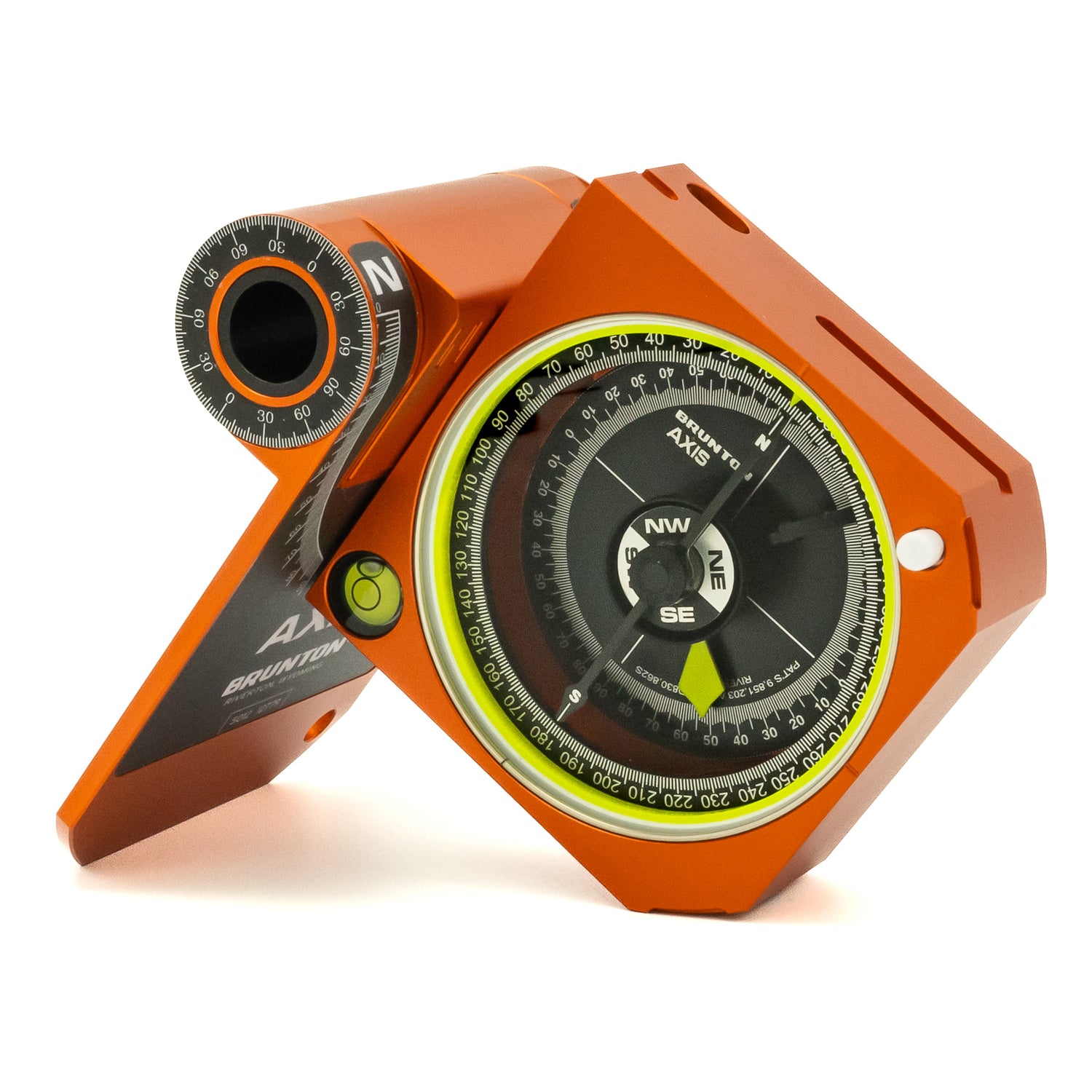The U.S. is full of geological history—from the Grand Canyon in Arizona, where some rock layers are as old as nearly 2 billion years old, to the carved out arches of Utah, which came to be over the course of millions of years of erosion.
It’s incredible that so many of these rock formations and wonders are the product of millions of years. What’s even better, is that we have the opportunity to explore many geological sites thanks to the protection of them.
Whether you’re a geologist who brings your pocket quad to every rocky destination, or simply someone who loves to explore our natural world, these select geological wonders have something to offer every explorer.
So pack your pocket quad and get ready to practice your field skills. Don’t worry, if you’re not a geologist, there’s still plenty to love and learn about these rocky destination
Test Your Pocket Quad at These Geological Wonders
Here are four geological sites —some more well known than others—that are worth a visit with an Axis Pocket Transit Quad.
Antelope Canyon, Arizona
In northern Arizona, on Navajo land, there are two sandstone slot canyons known cumulatively as Antelope Canyon. The area is comprised of Upper Antelope Canyon, which is famous for sunbeams breaking through the canyon cracks, and igniting the entire area. Upper Antelope Canyon is also the more visited of the two, because it does not require any climbing or canyoneering skills. Lower Antelope Canyon is accessible to visitors by various stairwells, however, once in the canyon, footing isn’t always guaranteed. Both canyons were created through erosion by flash floods, which Antelope Canyon still experiences today. Due to these flash floods, you need to book a guided tour to see this winding sandstone.
Mammoth Cave National Park, Kentucky
Though this is one of the lesser-known national parks, Mammoth Cave is the longest cave system in the world at 400 miles of surveyed passageways. The cave is made primarily of stable limestone layers and is home to an endangered albino shrimp, the Kentucky Cave Shrimp. Mammoth Cave National Park used to provide a river tour, but have since opted strictly for walking tours by light, due to environmental reasons. Visitors can expect to see six thousand years of history winding before them through various caves. As far as geology goes, that’s pretty new, but still impressive.
Bryce Canyon National Park, Utah
Famous for its Hoodoos, Bryce Canyon National Park is a geological site to behold. Rock within the red-hued Hoodoos, which are towering formations left from erosion, is as old as 40-60 million years. Western Utah used to be covered by an ancient large lake, which gradually carved these predominantly limestone configurations. Not only can visitors explore these epic rock formations, but they can also ride horses, hike, and snowshoe through the frequently visited park. If you’re into stargazing, Bryce Canyon also possesses one of the darkest skies in America, so don’t just get caught up in the geology of the place, but also explore the astronomy.
Lava Beds National Monument, California
The name of the national monument says it all—lava—hot molten that flows out of an active volcano and solidified into rock once it’s cooled. Lava Beds National Monument is located in northeastern California, and is made up of wide-ranging volcanic formation including lava tube caves, cinder cones, volcanic fields, craters, and more. All of these formations are from the Medicine Lake Volcano, which has been active for 500,000 years, though is known for more gentle eruptions. The national monument only has 13 trails within the area, but is worth a visit given its unique appearance and geology.


